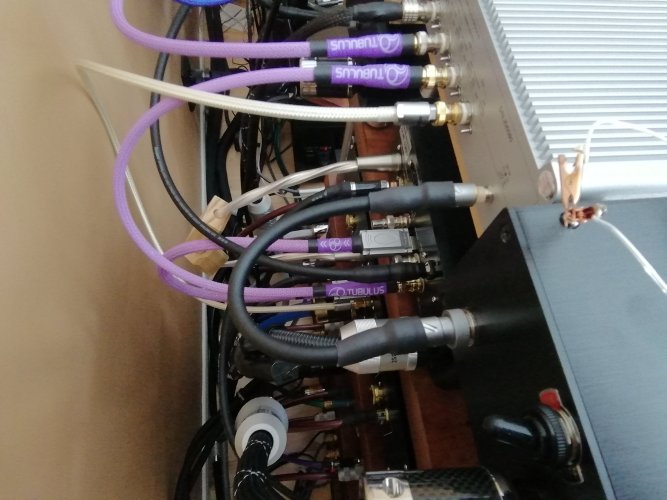I need some tips regarding the CLPD update for R7HE (2020) via Xilinx Blaster. I walked through processes until the "Impact program" closed itself immediately after double-clicking on the green chip to install JED file. I'm working on a Windows 10 64-bit PC with ISE 14.6 and 14.7 installed. (Both resulted in the same things)
I have also tried installing the more appropriate ISE version, i.e. 14.7 for Windows 10 but couldn't completely install it as there are many programs needed afaik.
Thank you.
I have also tried installing the more appropriate ISE version, i.e. 14.7 for Windows 10 but couldn't completely install it as there are many programs needed afaik.
Thank you.
Attachments
Last edited:




























